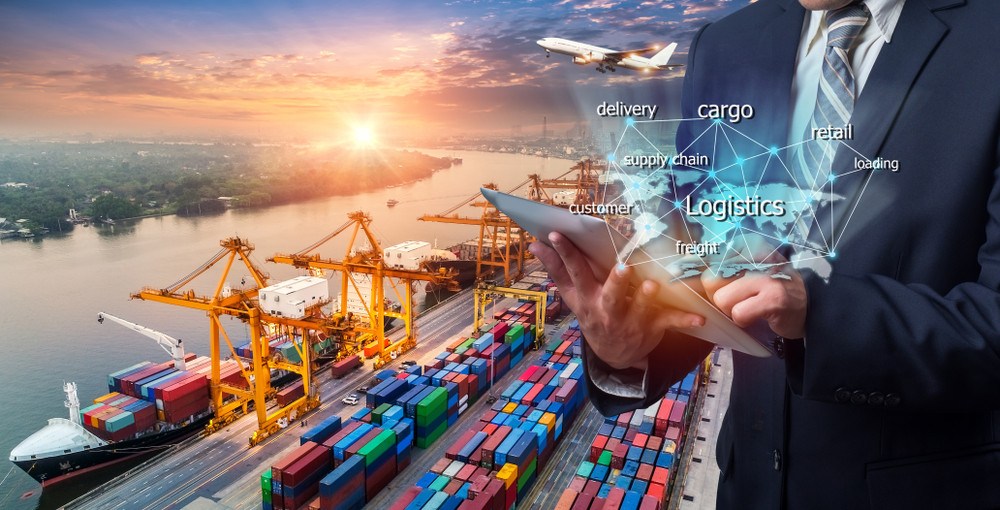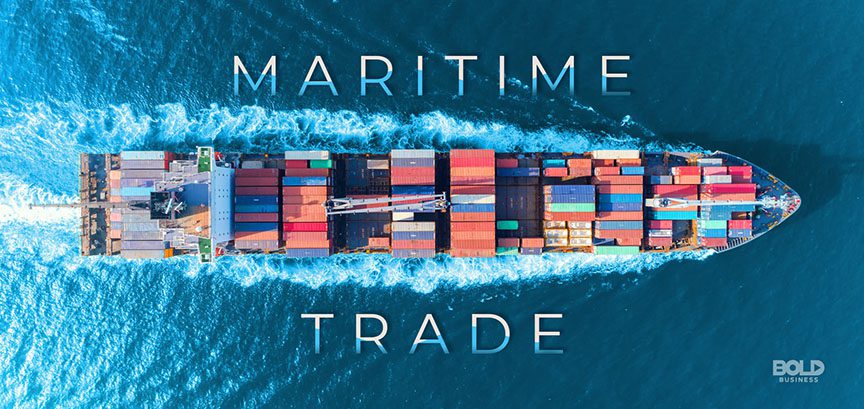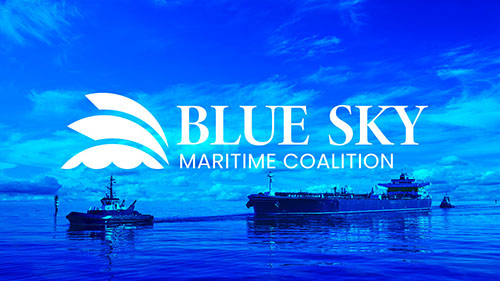1. Port Rules and Regulations
1.1 Vessel Entry and Departure
– Mandatory 24-hour NOA/NOD submission (72 hours for hazardous cargo) per Korea Port Authority Act Article 24
– Required documents: Ship Registry, Last Port Clearance, Crew List (including vaccination status), Cargo Manifest, ISPS Certificate, and Bunker Plan
– Special permission required for: vessels >20,000 DWT, nuclear-powered ships, or those carrying Class 1 DG
– Anchorage coordinates: Primary (36°01’N 129°23’E), Secondary (35°58’N 129°25’E), Emergency (36°03’N 129°20’E)
– Quarantine inspection mandatory before entry (Korea Quarantine Act Article 12)
1.2 Navigation and Traffic Management
– Speed limits: Inner harbor (12 knots), Outer harbor (15 knots), POSCO restricted zone (8 knots)
– Mandatory AIS transmission within 20nm radius (Maritime Safety Act Article 34-2)
– TSS dimensions: Northbound lane width 500m, Southbound 500m, separation zone 200m
– Prohibited zones: 500m around POSCO facilities, 1nm around Guryongpo Ecological Reserve
– Tide restrictions: Max air draft 48m (MHWS), max sailing draft 16.5m (at high water springs)
1.3 Cargo Operations
– Hazardous materials: Requires DG License Class 1-3 depending on IMDG classification
– Grain operations: Dust suppression system mandatory (capacity ≥200L/min per loading point)
– Container stowage: Verified Gross Mass (VGM) declaration required 24h before loading
– Bulk cargo: Loading rate capped at 10,000 MT/hour (coal/iron ore), 5,000 MT/hour (grain)
– Night operations: Minimum 200 lux illumination with backup lighting system
1.4 Environmental Compliance
– Fuel sulfur limit: 0.1% within port limits (Korea Clean Air Conservation Act 2023 amendment)
– Ballast water: Must meet D-2 standard or have approved treatment system (BWMC Regulation B-3)
– Waste handling: Mandatory use of port reception facilities (fee: KRW 150,000 per 10m³)
– Noise control: Continuous monitoring at 4 port perimeter stations
– Vapor recovery: Required for all oil tankers (>2,000m³ transfer volume)
1.5 Port Facilities Specifications
– Berth details:
• North Terminal (Berths 1-4): 12m depth, 200m LOA max
• Central Terminal (Berths 5-8): 14m depth, 250m LOA max
• South Terminal (Berths 9-12): 16m depth, 320m LOA max
– Crane capacity: 4 post-Panamax cranes (50t SWL), 12 Panamax cranes (40t SWL)
– Bunker options: LSFO (0.1%S), MGO, LNG (advance notice 72h required)
2. Compliance and Enforcement
2.1 Inspections and Audits
– PSC inspection priority criteria: Age >15 years, high-risk flags, previous deficiencies
– ISPS audit checklist: 42 items including access control, monitoring systems, security drills
– Cargo securing: Minimum 4 twistlocks per container corner, lashing angle <60°
– Annual safety audit: Covers firefighting, lifesaving, and pollution prevention equipment
2.2 Penalties for Violations
– Pollution offenses:
• Tier 1 (minor): KRW 1-5M
• Tier 2 (major): KRW 5-20M + clean-up costs
• Tier 3 (severe): KRW 20-100M + criminal charges
– Navigation violations: Up to KRW 10M for unauthorized anchorage or speed excess
– Repeat offenders: 30-day port entry ban after 3 violations in 12 months
2.3 Emergency Response
– Oil spill response:
• Tier 1: 700 ton capacity (4h response)
• Tier 2: 5,000 ton capacity (12h response)
– Emergency contacts:
• VHF Ch 16 (Distress)
• PPA Operations Center: +82-54-270-8114 (official number)
– Storm procedures:
• Signal #1: Prepare for departure
• Signal #2: All operations cease
• Signal #3: Mandatory evacuation
3. Crew Safety and Welfare
3.1 Safety Measures
– PPE requirements:
• Hard hat (EN 397)
• Life jacket (SOLAS approved)
• High-visibility clothing (ISO 20471)
– Enclosed space entry: 3-step process (testing, ventilation, permit)
– Hot work: Fire watch must remain 30 minutes post-operation
3.2 Shore Leave and Access
– Required documents:
• Passport
• CDC
• Port-issued ID pass
– Crew facilities:
• Medical center (24/7)
• Recreation area (08:00-22:00)
• Free shuttle service (hourly)
4. Technical Standards
– Mooring: OCIMF MEG4 compliant, minimum 8 lines for Panamax vessels
– Gangways: Maximum incline 30°, anti-slip surface (coefficient ≥0.5)
– Electrical systems: 440V/60Hz shore power available at all berths





